What the Heck Is Crab Rangoon Anyway?
How a fusion of at least four cuisines created a beloved and misunderstood dish.
Of all the wonders of the modern American Chinese menu, crab rangoon is one of the strangest. It consists of cream cheese, sometimes sweetened, plus, usually, very small bits of imitation crab, stuffed into a wonton wrapper and deep-fried, served with a syrupy, neon sweet-and-sour dipping sauce. It is, essentially, deep-fried cheesecake with fake crab in it—as sweet as any dessert, but served as an appetizer. It has a Burmese name, is served in a theoretically Chinese restaurant, and its main component was invented in New York in the late 19th century.
I conducted a survey through Twitter, in which more than 650 people responded with their experience of crab rangoon. The vast majority adore this dish, as I do. I asked respondents to state where they live, whether they order crab rangoon, and to describe the version they get. Responses came from New York, Chicago, Los Angeles, and other major American cities, in addition to Chattanooga, Tennessee; Tampa, Florida; Madison, Wisconsin; Boulder, Colorado; and many smaller towns. I also got replies from Dublin, Ireland; Vancouver, British Columbia; and, in what I’m assuming is a joke, Djibouti, describing crab rangoon as “steak with hollandaise.”
In all of these places, people love and order crab rangoon from their local takeout American Chinese restaurant. In all of these places, crab rangoon is essentially the same dish. With a few exceptions (P.F. Chang’s, Panda Express), none of these restaurants are formally associated with one another in any way, yet the dish is consistent, and consistently beloved.
What the heck is crab rangoon, and how did it happen?
One thing to get out of the way is that crab rangoon is not inauthentic, and you should not be embarrassed to order it. American Chinese food is its own cuisine, with its own staples and a reasonably long and fascinating history. There’s a fundamental problem with the concept of authenticity in food, because cuisine is constantly mutating and adapting to new ingredients, new people, new techniques, and new ideas. Mexican food would be completely different without the influence of the Spanish and Arab immigrants and colonists; the tomato is not native to Italy; the chili pepper is not native to Thailand. There are old dishes and there are newer dishes, and that can be an interesting distinction. And there is tasty food and lousy food, but using some concept of authenticity alone as a criterion is a flawed approach.
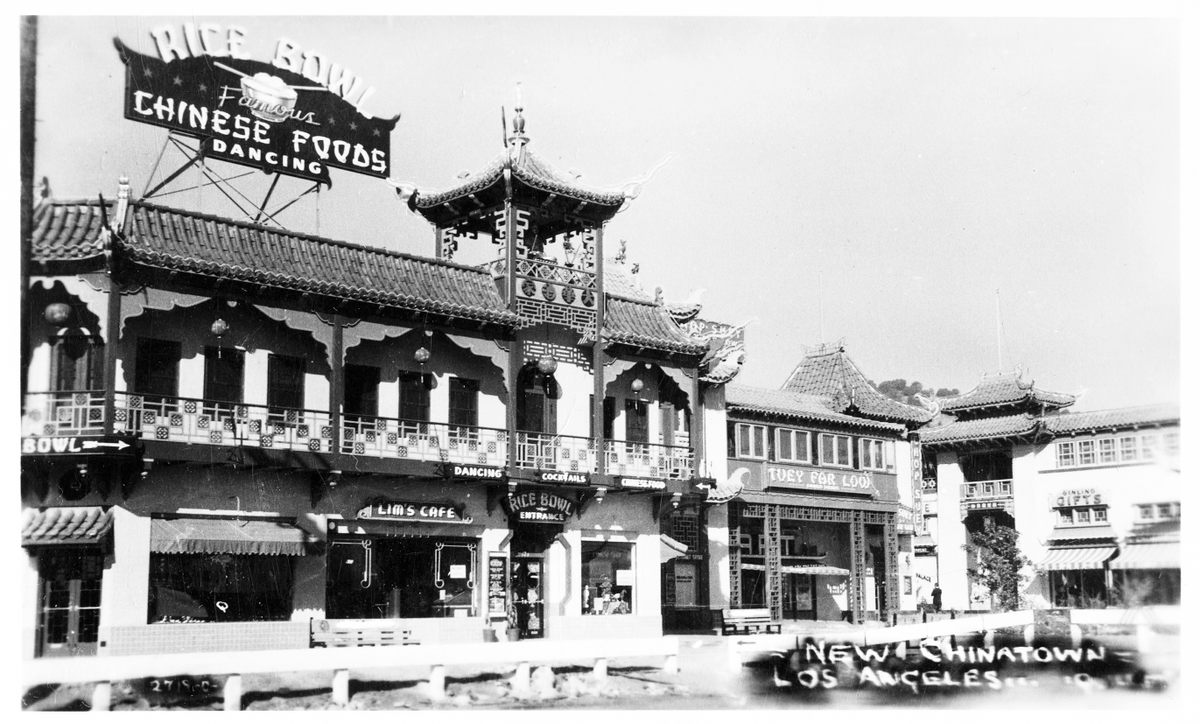
American Chinese food did not arise with the first major influx of Chinese migrants to the United States, during the Gold Rush in the American West. These people cooked Chinese food for other Chinese people. By the end of the 19th century, other Americans had begun to discover Chinese food, which was to be found in the various Chinatowns that had sprouted up in cities large and small. But American Chinese food, as a distinct cuisine, was born thanks to a loophole in the racist laws aimed to keep Chinese immigrants out of, or at least marginalized in, the United States.
Those exclusionary laws allowed certain kinds of “merchant visas” to let Chinese-Americans find workers who wanted to emigrate from China. In 1915, a court decided that restaurant owners qualified for those merchant visas, and the number of Chinese restaurants immediately ballooned. One economist estimated that the number of them quadrupled between 1910 and 1920.
A restaurant was one of the few ways for a Chinese-American to own a business, and they began to blossom outside of Chinese enclaves. Chinese food was the first Asian cuisine to take hold in the United States; it was unlike the more Eurocentric restaurant scene at the time, and that made it exciting to some Americans.
This is the period when American Chinese food begins to evolve. Chinese restaurateurs began to change menus to suit the tastes (and/or perceived tastes) of their new clientele. Jennifer 8. Lee, author of The Fortune Cookie Chronicles, in which she examines American Chinese food through the lens of the fortune cookie, says that the availability of ingredients was a major influence. Many ingredients that were expensive in China were cheap in America, and vice versa. Oil, for deep-frying, was cheap, as was white sugar and many cuts of meat, such as chicken breasts, which weren’t prized in China. Szechuan peppercorns, on the other hand, were for a long time expensive and largely inaccessible in the United States.
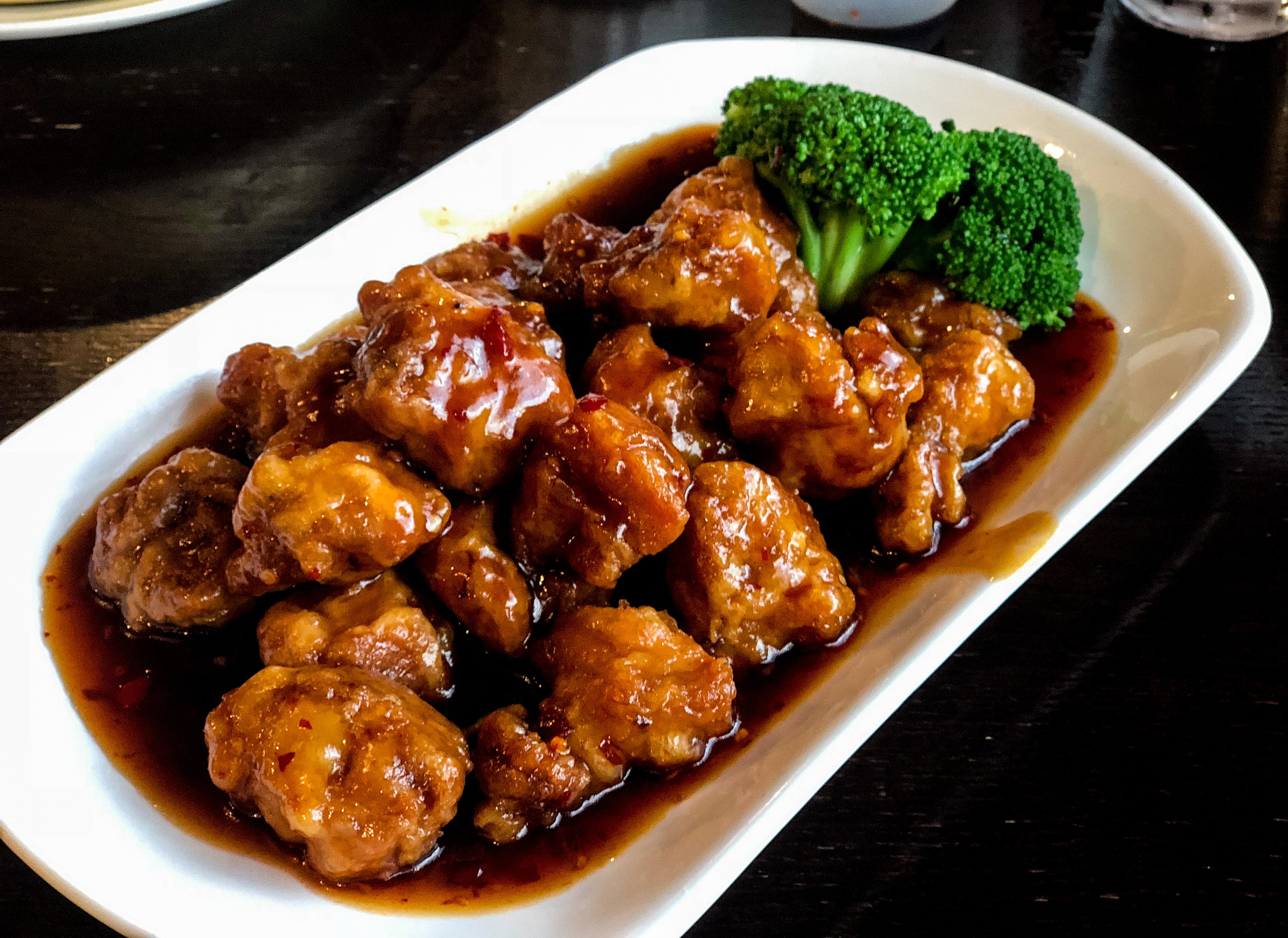
Thus began a period of experimentation, when American Chinese restaurants—many of which were fancy, date-night places—began trying a whole bunch of stuff to see what stuck. Sometimes they modified older Chinese dishes. Szechuan kung pao chicken, for example, got sweeter, added Western ingredients such as bell pepper, and lost the expensive, distinctive peppercorns. Sometimes dishes were created out of whole cloth, like chop suey or General Tso’s chicken. The latter, as revealed in the documentary The Search for General Tso, shares a name with a dish on the menu of a Hunanese restaurant in Taiwan, but is neither Hunanese nor Taiwanese. It is a perfect icon of American Chinese food: deep-fried, sticky-sweet, and sour, barely spicy.
Through the 1950s and 1960s, much of the modern American Chinese oeuvre developed and was codified, especially the proven hits, the stuff you had to have if you wanted a packed dining room. A few companies further standardized things. Kari-Out, for example, today sells most of the little soy sauce packets nationwide. Menu printing was and remains dominated by a few printers in New York City and the Bay Area—menus used by tens of thousands of independent restaurants.
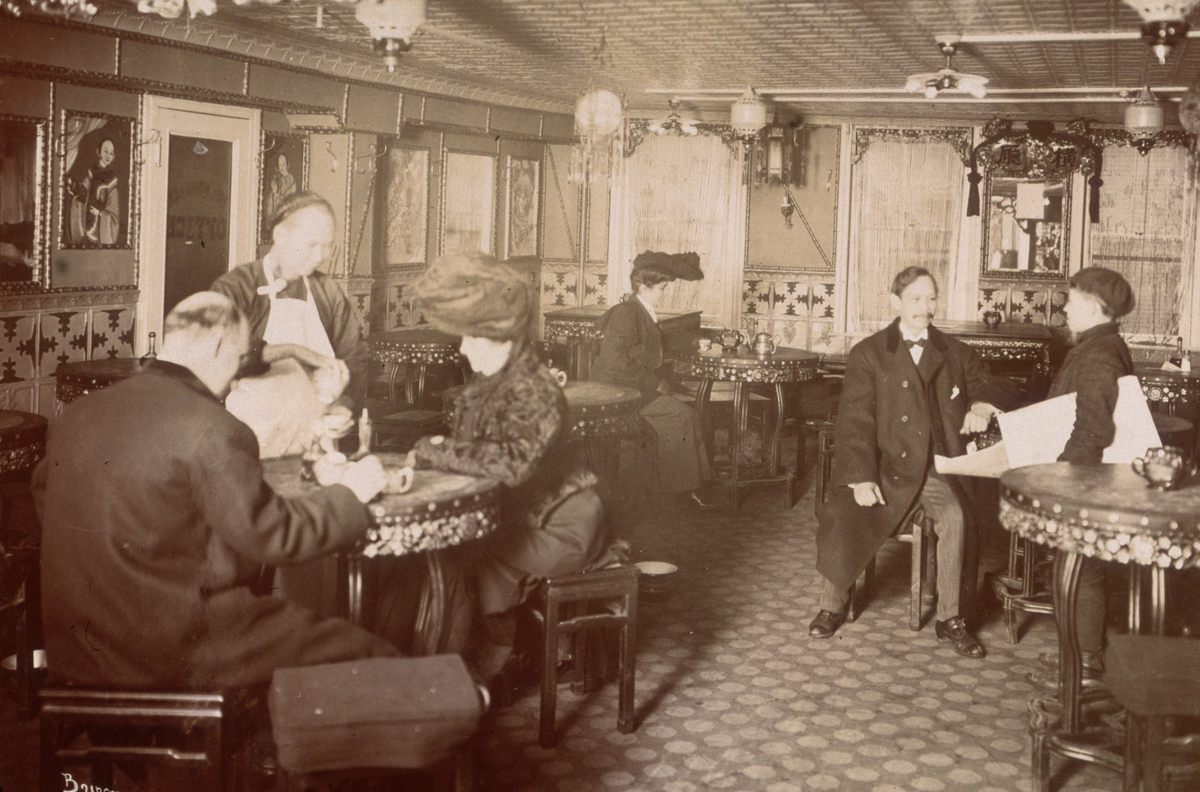
The dishes on these largely standardized menus came from a hive-mind of restaurateurs. “Something pops up and people copy it,” says Lee. That’s why it’s nearly impossible to credit an original inventor for many of the classic dishes. Lee likens the process to open-source software, where anyone is free to make modifications to, or outright copy, the work of anyone else. Eventually, there emerged a pattern: If you wanted to have an American Chinese restaurant, certain menu items were expected.
But the inspiration had to come from somewhere. American Chinese chefs are still experimenting with dishes to suit their own hyperlocal customer bases. Yaka mein, in New Orleans, combines Cajun seasoning with a beef noodle soup. Cashew chicken, from Springfield, Missouri, pairs fried chicken with cashews.
Crab rangoon has its roots in another quintessentially American cuisine. Starting in the 1940s, thanks to returning World War II veterans, the country began a decades-long obsession with the aquamarine hues and tropical vibes of Polynesia, or at least a vague idea of what Polynesia might be. It manifested as what we know as tiki culture.
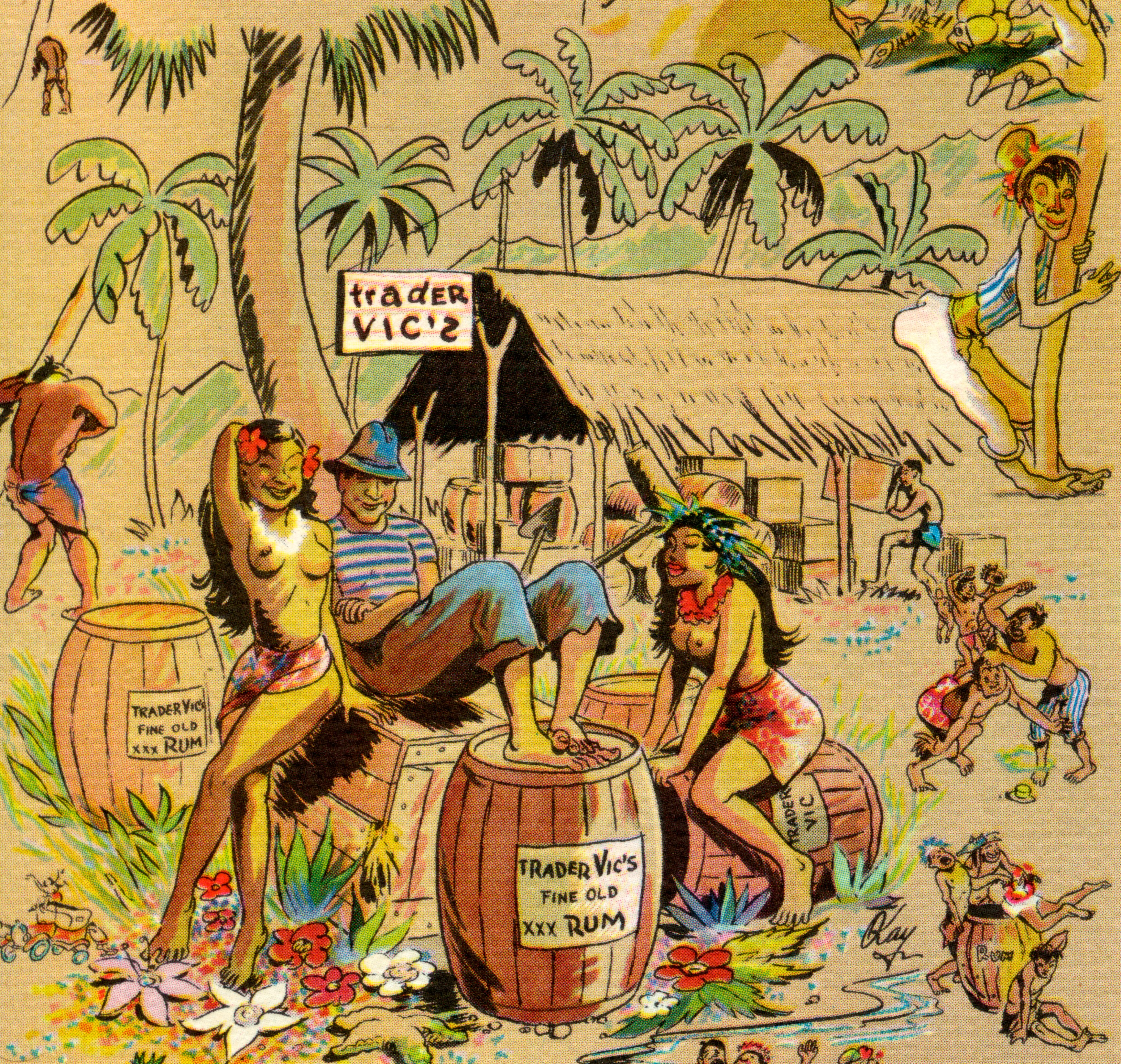
Tiki bars and restaurants have even less in common with their ostensible international roots than American Chinese restaurants do. They were based instead on an American obsession with leisure, danger, and exoticism—along with what now reads as a racist stew of imagery: palm-thatched roofs, canned pineapple, ceramic Easter Island head mugs, white sand beaches.
The history of crab rangoon leads back to tiki culture. The dish was probably invented by Victor Bergeron, best known as the namesake founder of the Trader Vic’s chain of tiki bars. (Trader Vic’s, in turn, inspired the Trader Joe’s grocery chain—you can still see some of that weird colonialist imagination in its design motifs.) In 1934, Bergeron opened a saloon called Hinky Dink’s in Oakland, California. Capitalizing on the new craze for the South Pacific, Bergeron began integrating island signifiers into his decor and bar lineup. In 1937, Hinky Dink’s became Trader Vic’s, and began selling many of the cocktails now associated with tiki culture. (He is one of two disputed creators of the mai tai.)
Also in 1937, Bergeron started selling food at the new Trader Vic’s. Eve Bergeron, head of marketing and public relations (and also Victor’s granddaughter), sent me that original 1937 menu. Eve says that Joe Young, a Chinese-American barback at Trader Vic’s, was a major influence on the early menus. That first one has a couple of nods towards tiki culture: pineapple spareribs, imported New Zealand clams. But it is, largely, early American Chinese food.

Bergeron, though, was a joyful experimenter with both cocktails and food. Sometime in the 1940s, says Eve, he started messing around with wonton wrappers. “Knowing my grandfather, he probably just started to play with it,” she says. “Just put stuff in here, fry it up, and see what we get.”
Cream cheese was a staple of 1940s and 1950s American cuisine. This is a bit of a generalization of hindsight, but mid-century cookbooks seem to offer no end of creamy, cheesy sauces. With celery, with Spam, formed into balls and rolled in nuts, baked into the ultimate decadent dessert: It was the age of cream cheese.
Several people in my survey expressed embarrassment, or at least puzzlement, that crab rangoon violates the taboo against eating seafood with cheese. Though pervasive, this is a mild and inconsistent prohibition originating in Italy. But cream cheese has always somehow been exempt. Bagels with cream cheese and lox is a relevant, beloved example, and many famous dishes from the 1940s and 1950s use the combination as well. There’s clam and cream cheese dip or those cucumber rounds with cream cheese–based salmon mousse on top.
Trader Vic’s crab rangoon recipe, which remains largely unchanged over the decades it’s been on the menu (at 20-odd locations today, including a notable cluster in the Middle East), has several major differences from American Chinese crab rangoon. Trader Vic’s version uses real crab meat, for one thing: Canadian blue. It also includes A.1. Steak Sauce and Lingham’s Chili Sauce, a bottled British sweet-and-hot sauce, in addition to cream cheese. Eve seemed offended when I suggested the cream cheese in a crab rangoon might be sweetened, as it is in many American Chinese restaurants. Trader Vic’s is not (though the sauces mixed in are).
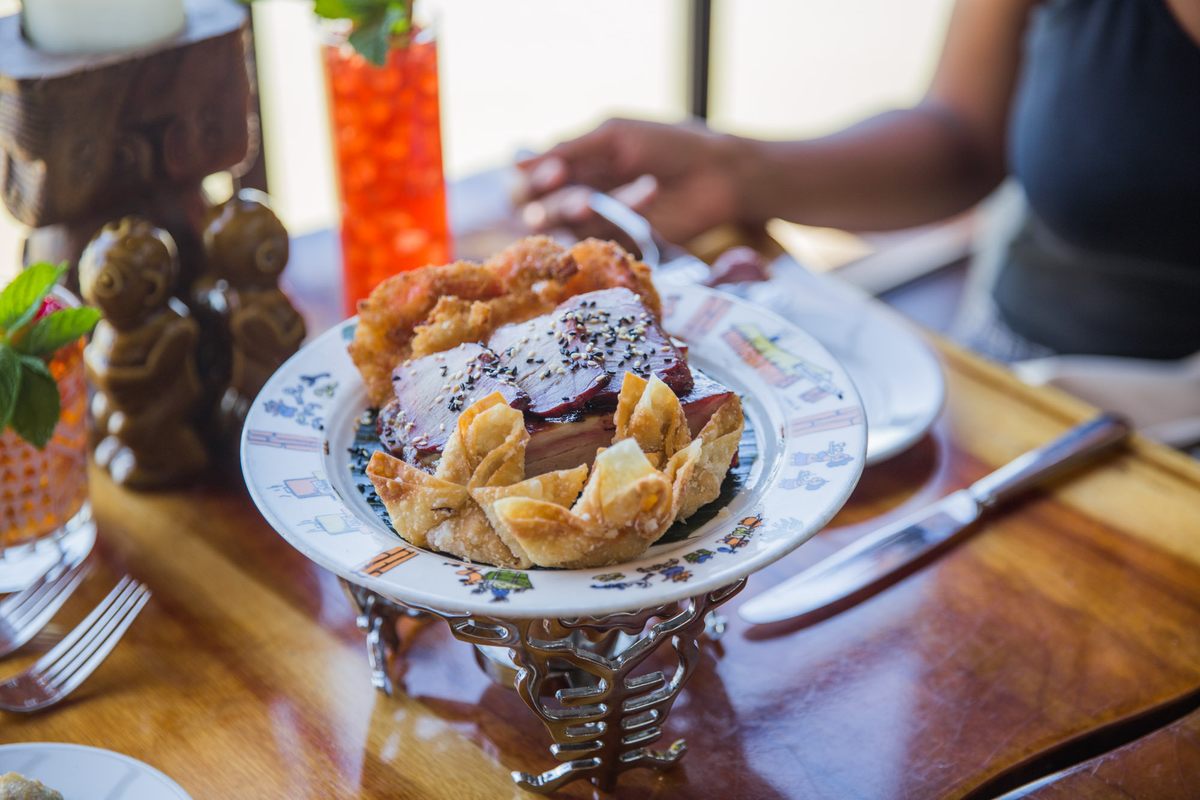
The name, too, is emblematic of tiki culture. Rangoon, now Yangon, is the largest city in Myanmar, formerly Burma. Myanmar has a substantial Chinese cultural and gastronomic influence, as the two countries share a border. But neither uses cream cheese in its food—that’s a proud New York product. There’s plenty of crab in Burmese food, but it’s pretty clear that Trader Vic didn’t name his dish after the city because there was any connection there. It is simply a place in a general Southeast Asia-Polynesia-South Pacific zone, suitably exotic-sounding but still easy for native English speakers to pronounce.
Tiki culture’s widespread popularity occurred in the 1940s and 1950s, just when American Chinese cuisine was also gaining huge mainstream acceptance. The food served in tiki restaurants shared a lot with American Chinese food: vaguely Asian, very sweet, deep-fried. So it shouldn’t come as a surprise that the cuisines cross-pollinated. Some tiki food gained a spot on those centralized menus. The pu pu platter, for example, derives, sort of, from the Hawaiian pūpū, essentially Hawaiian meze: a selection of appetizers.
There was a strange, circular movement between tiki food and American Chinese food. Trader Vic’s created tiki food by making American Chinese food seem more tropical; American Chinese restaurants took his dishes right back and made them more American Chinese. The American Chinese version tends toward cheaper imitation crab, which is made, usually, of pollock blended with starch and other binders, crab flavoring, and red food coloring. Imitation crab simply wasn’t available to Trader Vic—it started being produced in 1975—and it’s also neither Polynesian nor Chinese, but Japanese. American Chinese crab rangoon is a 1940s crab-and-cream-cheese dip stuffed into a wonton and deep-fried—a pure distillation of tiki fusion weirdness.
Crab rangoon is, after all, a preposterous dish. Many of the responses I got in my survey were sheepish, or seemed overly proud, as if to mask the problem of loving a dish that is utterly uncool, wildly outdated, and not even in the same ballpark as authenticity.
But that notion is even more preposterous than the dish. Making this crazy thing took years of work, ingredients from around the world, and who knows how many restaurateurs. Those little packets are strangely, psychotically perfect, designed to appeal to our base instincts: creamy and fatty and crispy and sweet and sour and savory, all at once. No modern food conglomerate would ever come up with something as deranged as crab rangoon, and if it was new today, nobody would buy it. And yet somehow it survived, watching food trends be born and die, outliving them all.
Gastro Obscura covers the world’s most wondrous food and drink.
Sign up for our email, delivered twice a week.




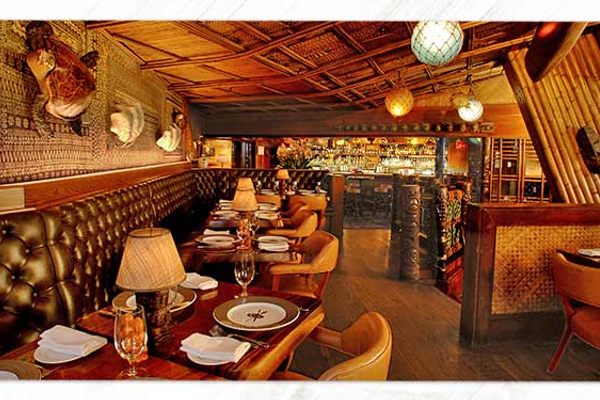



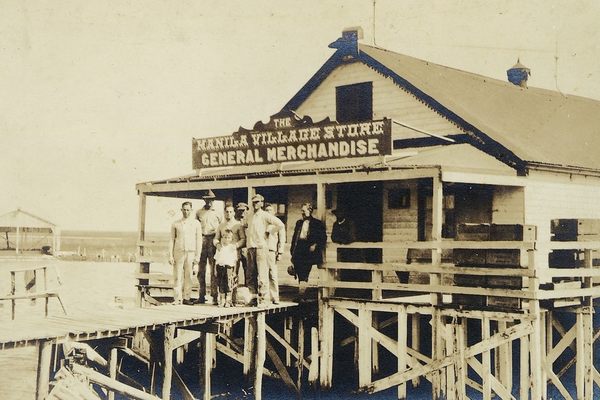

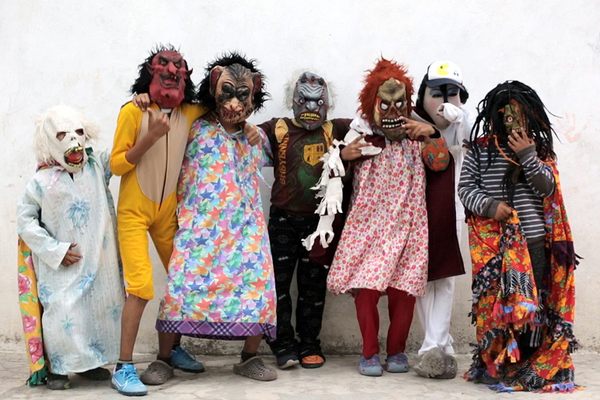
















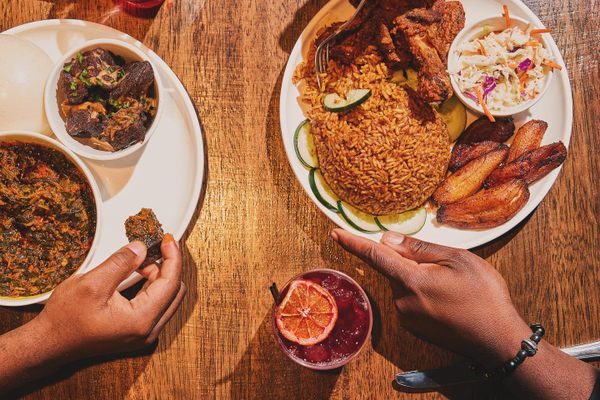
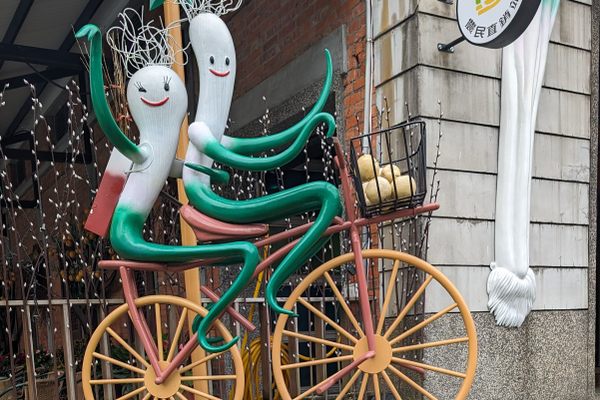

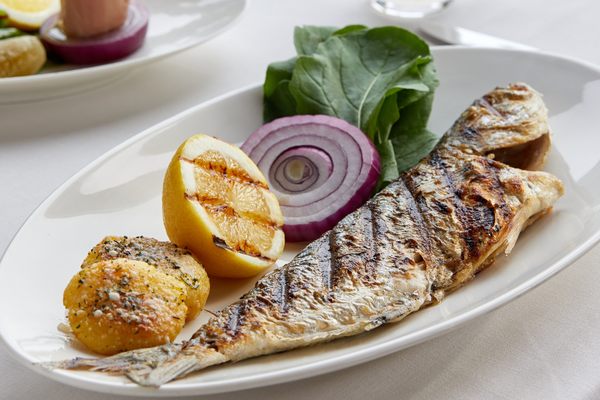
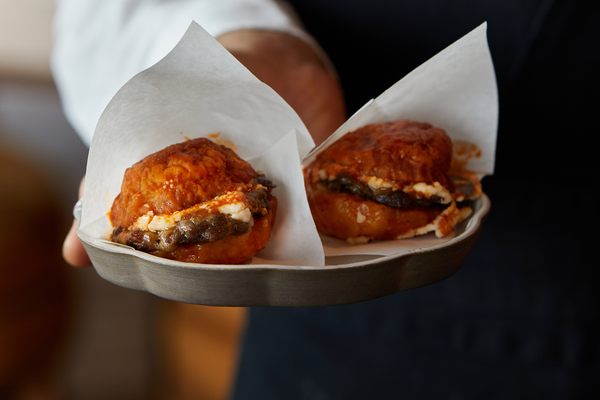




Follow us on Twitter to get the latest on the world's hidden wonders.
Like us on Facebook to get the latest on the world's hidden wonders.
Follow us on Twitter Like us on Facebook